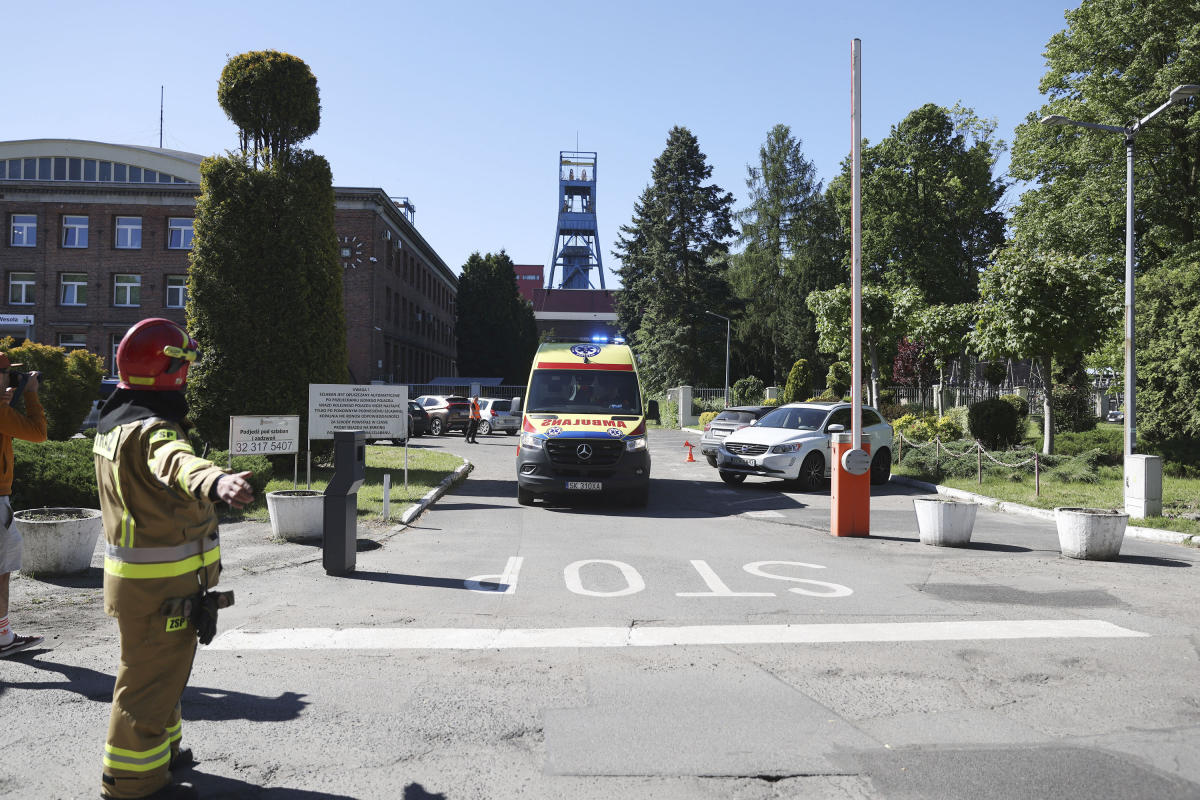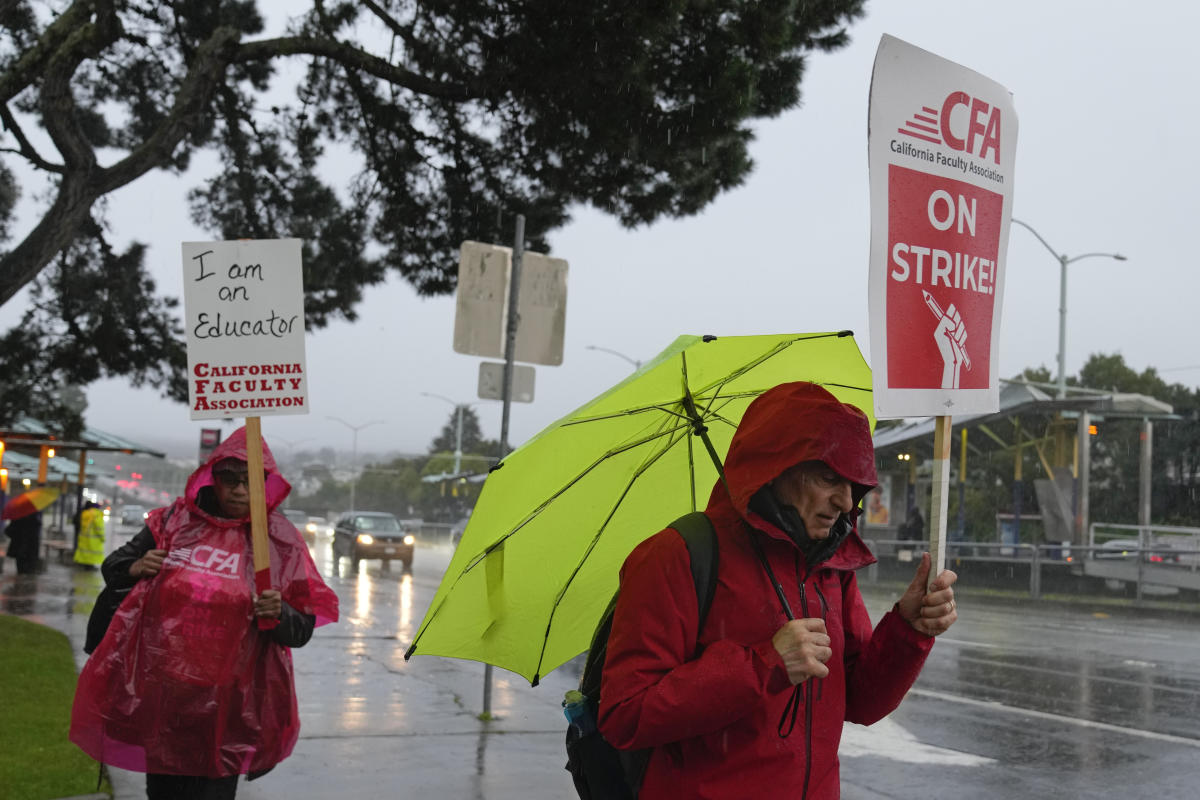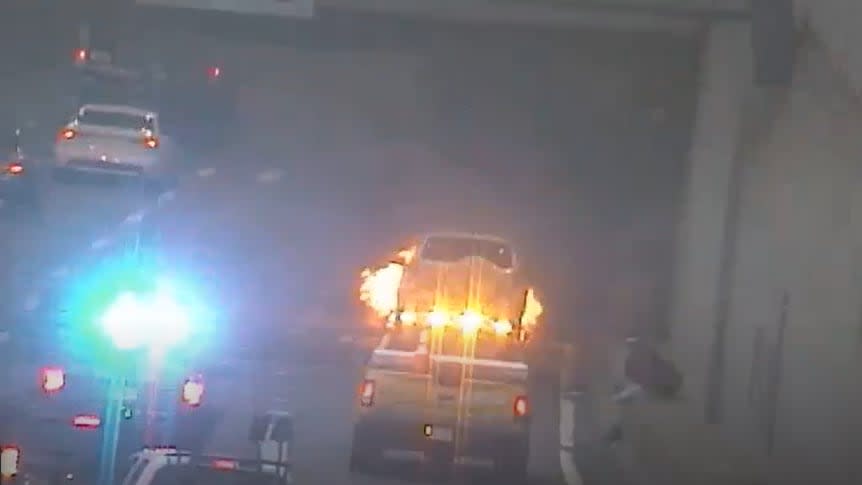The moon will darken the skies across South Carolina in under two weeks.
How much darkening you’ll see will depend on where you’re at though.
A total solar eclipse with occur over a good chunk of North America on April 8 — the last to happen across the continent until 2044 and 2045. While South Carolina will not be privy to the total eclipse, residents in the state will have the chance to see a near total one, depending on where they are at the time. The last time the Palmetto State had a total solar eclipse was on Aug. 21, 2017.
But you can’t just go outside and stare up at the sky to view the upcoming eclipse, at least, not if you don’t want to damage your eyesight.
Here’s what to know about the solar eclipse and a list of when best to watch in various South Carolina cities.
What is a total solar eclipse?
According to NASA, “sometimes when the moon orbits Earth, the moon moves between the sun and Earth. When this happens, the moon blocks the light of the sun from reaching Earth. This causes an eclipse of the sun, or a solar eclipse. During a solar eclipse, the moon casts a shadow onto Earth.”
Types of solar eclipse
-
Total: This is when the solar eclipse is visible from a small area on the Earth. The people who can see the total eclipse will be in the center of the moon’s shadow. The sky becomes very dark, as if it were nighttime.
-
Partial: This is when the sun, moon and Earth are not totally aligned. From the Earth, it appears like there’s a dark shadow on part of the sun.
-
Annular: This type of eclipse happens when the moon is farthest from the Earth, making it appear smaller. When the moon passes in front of the sun, it doesn’t totally cover it. Also, the light from the sun creates a ring around the moon.
Where to see the eclipse in SC
South Carolina won’t be in the path of totality, so the event will look like a partial eclipse. The magnitude of the eclipse will be a little larger in the Upstate and smaller in the Lowcountry and coastal areas.
The partial eclipse will be visible from 1:48 p.m. to 4:27 p.m. in the state. Below is a list of South Carolina cities that shows which ones will see the biggest portion of the eclipse and the best times to view the phenomenon, depending on where you are. For a more complete list of cities in South Carolina and other states, click here.
|
City |
Sun obsucration |
Start |
Max |
End |
|
Charleston |
69.80% |
1:49 pm |
3:08 pm |
4:23 pm |
|
North Charleston |
75.7% |
1:53 pm |
3:10 pm |
4:30 pm |
|
Columbia |
76.17% |
1:52 pm |
3:10 pm |
4:25 pm |
|
Lexington |
80.4% |
1:52 pm |
3:10 pm |
4:30 pm |
|
Greenville |
81.76% |
1:50 pm |
3:09 pm |
4:24 pm |
|
Myrtle Beach |
71.15% |
1:56 pm |
3:13 pm |
4:27 pm |
|
Spartanburg |
81.23% |
1:51 pm |
3:09 pm |
4:25 pm |
|
Anderson |
81.01% |
1:49 pm |
3:08 pm |
4:23 pm |
|
Hilton Head Island |
74.6% |
1:51 pm |
3:08 pm |
4:30 pm |
How often do total solar eclipses occur?
A total solar eclipse happens somewhere in the world about every 18 months, space.com states. The eclipse’s path of totality, the area on Earth directly in line with the moon and sun, is only 60 to 70 miles wide. It’s width and where it is on Earth vary because of the moon’s orbit and other factors, which makes the likelihood of the path of totality falling in the same place twice low.
The path of totality over the U.S. for this eclipse will stretch from Texas to Maine.
How to safely view the eclipse
Looking at the sun without proper protection, however briefly and even if it’s blocked by the moon, can permanently damage the retinas of the eyes.
“Viewing any part of the sun through a camera lens, binoculars or a telescope without a special-purpose solar filter secured over the front of the optics will instantly cause severe eye injury,” NASA states.
Instead, see if you still have those special glasses made for the 2017 eclipse. If you don’t have those, you can order a pair that comply with international standards. These are thousands of times darker than regular sunglasses, which won’t protect you.
The American Astronomical Society has a list of vendors selling safe solar glasses.
Signup bonus from





